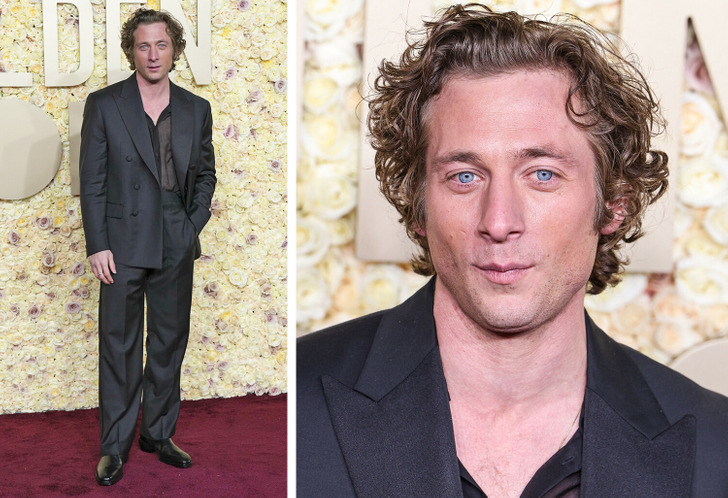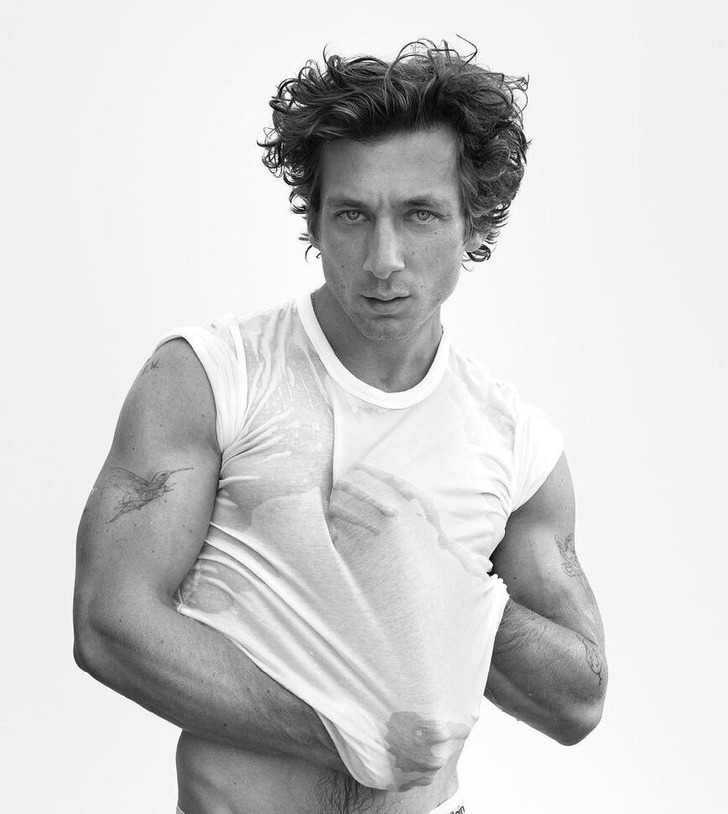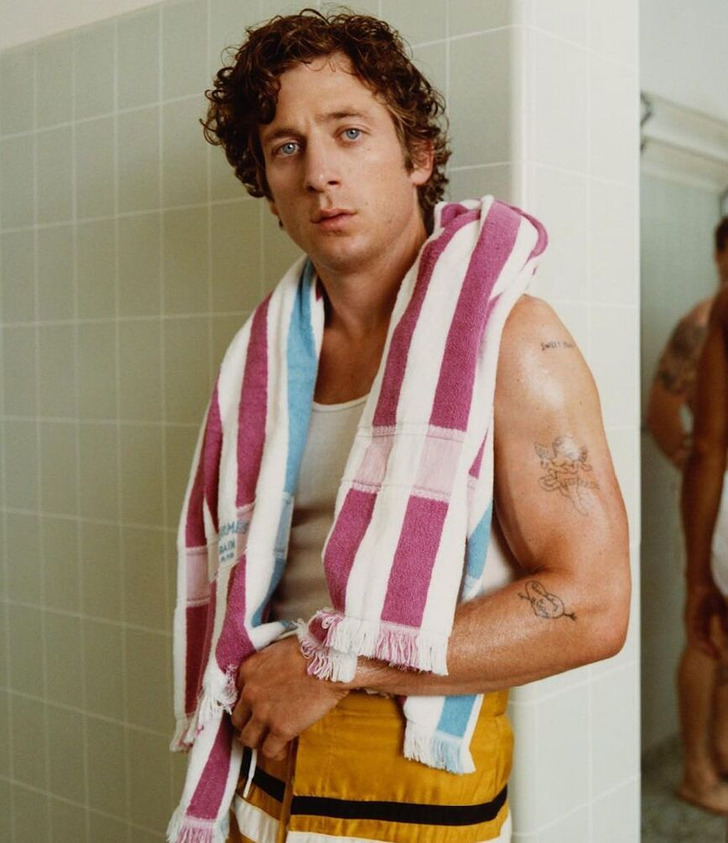
One of the Most Attractive Men of Modern Times Is Called, and He Sparks Controversial Talks
In the ever-evolving world of celebrity culture and advertising, one name has recently emerged as a focal point of discussion and admiration: Jeremy Allen White. Known for his role in the hit TV show The Bear, White has become the latest symbol of male attractiveness, garnering attention not only for his acting prowess but also for his recent appearance in a high-profile Calvin Klein ad. However, amidst the buzz surrounding his newfound celebrity status, questions arise about the effectiveness of such advertising strategies and the broader implications they entail.
Jeremy Allen White has suddenly become very popular.

Jeremy Allen White is making waves in Hollywood right now. Known for his role as Lip Gallagher on the long-running series Shameless, White has recently found success in a new show called The Bear. With the show’s renewal for a third season, White has solidified his status as a rising star in Hollywood.
Transitioning from one TV series to another was a pivotal moment for White, opening doors to new opportunities and reigniting his passion for acting.
The recent ad with Jeremy Allen White had a huge impact on society.

Jeremy Allen White’s recent venture into underwear promotion has undoubtedly thrust him into the spotlight, with many hailing him as a modern-day heartthrob. Yet, as the ad garners attention, some wonder whether it offers anything truly innovative in the realm of advertising. The concept of a celebrity stripping down for a brand campaign is hardly groundbreaking, with similar tactics employed decades ago.
Beyond its artistic merits, the Calvin Klein ad has sparked a broader discourse surrounding issues of objectification and double standards in advertising. While White’s portrayal may be celebrated by some, others question the ethics of objectification of male celebrities when female counterparts face scrutiny for similar portrayals. This underscores the complexities of gender representation in media.
White’s appeal transcends traditional notions of celebrity. With a diverse fan base spanning mainstream audiences to more niche circles, his indie sensibilities and distinct persona offer a refreshing departure from conventional A-list stereotypes. Embracing his unique stature and unconventional charm, White embodies a new archetype of celebrity, challenging traditional beauty standards and redefining notions of attractiveness in the process.
He raised the questions about gender equality.
The controversy surrounding Jeremy Allen White’s underwear ad highlights deeper issues concerning gender representation and the portrayal of attractiveness in advertising. As societal norms evolve and conversations about gender equality continue to gain traction, brands face increasing scrutiny over their marketing strategies.
While White’s ad may be celebrated as a triumph of male empowerment and body positivity by some, others question its adherence to ethical standards and its potential reinforcement of harmful stereotypes. As advertisers grapple with these complexities, there is a growing call for greater diversity and inclusivity in media representations. They should ensure that all individuals are treated with dignity and respect.
Jeremy Allen White becomes a new breed of celebrity influence.

As brands seek to capitalize on his influence, they must navigate the delicate balance between commercial interests and genuine connection with consumers.
In modern times, there’s a shift towards embracing new archetypes of masculinity. Gone are the rigid stereotypes of the past, replaced by a more inclusive and diverse understanding of what it means to be a man. Today, masculinity is no longer confined to traditional roles or expectations.


